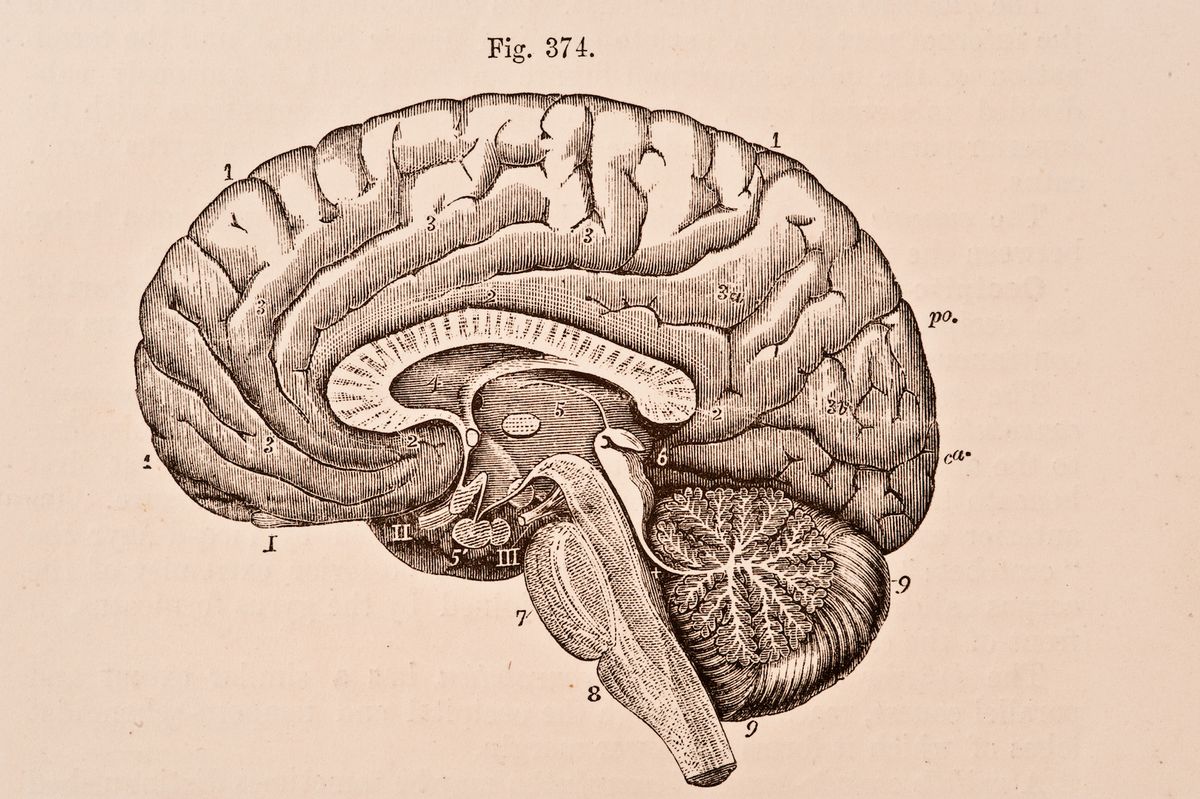Before the California Goldrush, what drew many emigrants west was the fertile farmlands of the Golden State and the word that there was territory free for the taking. While many emigrants successfully made it to California, such was not the luck of the Donner Party, also referred to as the Donner-Reed Party.
When the Donner Party, composed of about 90 pioneers, set out for California in 1846, they had yet to learn that within the next year, nearly half of them would be dead. What was meant to be a journey to a better life turned into one of the most gruesome tales of westward expansion.
The party — which was led by George Donner, Jacob Donner, and James F. Reed — was doomed from the start, when they did not leave Independence, Missouri, what is considered the “jumping-point” of the California Trail, until May 12, 1846. This late start later proved to be just one of many mistakes that the Donner Party made.
Back then, it was ideal for travelers to leave around mid-April. This was so that there was an adequate amount of grass for livestock and other animals to feed on while also ensuring that the wagon parties could pass through the mountains before winter. It was typically a four to six-month journey for most, but the last survivor of the doomed Donner Party would not make it to California until April 1847.
The Donner Party, which initially consisted of roughly 30 emigrants, joined a main wagon train in Independence. Afterward, the train followed the California Trail, heading to Wyoming while making good pace. The emigrants safely made it to Fort Laramie, Wyoming, but under the guise of a shortcut, the Donner-Reed Party unknowingly made their fatal mistake.
In late July, the wagon train split into two groups, with most of the company turning north towards Fort Hall in southeastern Idaho, along the Oregon Trail. The remaining wagons, which included the Reeds, Donners, and a handful of other emigrants, chose to head to Fort Bridger.
Instead of continuing along the established trail, north through Idaho and then dipping south into Nevada, the nearly two-dozen Donner Party wagons opted to cut south through Utah. This decision was made after Landsford Hastings, a (dishonest) guidebook author, began promoting a straighter, easier, and quicker path through the Wasatch Mountains and across the Salt Lake Desert.
“There was just one problem: no one had ever traveled this ‘Hastings Cutoff’ with wagons, not even Hastings himself. Despite the obvious risks—and against the warnings of James Clyman, an experienced mountain man—the 20 Donner Party wagons elected to break off from the usual route and gamble on Hastings’ back road,” History remarked.
Hastings also promised that Hastings Cutoff would eliminate over 300 miles of their journey. This proved to be another of the author’s lies, as the “shortcut” actually added on another 125 miles to the trek. Even without this knowledge, a friend of Reed’s warned the party against the supposed “shortcut” while they were stationed at Fort Laramie. The Donner Party, however, had been assured in a note from Hastings himself that he would mark the trail for the latter party, having already headed off with another wagon company.
“Reassured, the group of 89 emigrants left Fort Bridger and headed for Weber Canyon, where Hastings claimed there was an easy passage through the rugged Wasatch Mountains. When they reached the head of the canyon, they found a note from Hastings. Hastings warned the Donner party that the route ahead was more difficult than he had thought,” History stated.
Now worried, the Donner Party camped for eight days, hoping to not have to backtrack to the Oregon Trail and have wasted several days. Just over a week later, the party sent a messenger up the canyon to find Hastings. Several days later, the messenger returned with news from the guide to follow another trail.
The Donner Party followed Hastings’s directions, and ended up taking a much more treacherous route than that of the one through Weber Canyon. Along the way, emigrants had to create their path through the thick forests, which were littered with boulders.
They arrived at the Great Salt Lake, but the previously untaken route had cost them 18 days. Because of these wasted days and the two-turned-five-day trek across the desert, the Donner Party crossed into the Sierra Nevada Mountains dangerously late. Soon, a heavy snowstorm encased the mountain range in layers of snow, ultimately filling and blocking passes.
During this time, Reed was also banished from the company for fatally stabbing another man. He continued west on horseback, arriving in California, where the company that the Donner Party had split from had already arrived.
Now nearing November, the party only had 100 miles left of their trek, but were completely trapped by the early blizzard. They quickly retreated to Truckee Lake — now called Donner Lake — and they began building shelters. Many of the emigrants’ cattle and supplies had been lost earlier on in the trek and it was not long before many started to perish from starvation.
“On December 16, 1846, more than a month after they became snowbound, 15 of the strongest members of the Donner Party strapped on makeshift snowshoes and tried to walk out of the mountains to find help. After wandering the frozen landscape for several days, they were left starving and on the verge of collapse,” History commented.
Slowly freezing to death and starving, the hikers resorted to cannibalism, even toying with the idea of drawing lots to see who would be sacrificed. Soon enough though, several members died naturally, and the survivors roasted and consumed their dead bodies. With meager, yet regained energy, seven of the fifteen original hikers made it to California a month after they departed. Upon their arrival, rescue parties were organized.
The first relief group left Fort Sutter (California) at the end of Jan. 1847. On Feb. 18, after bravely trekking through the deep snow, seven men reached the Donner Party’s makeshift lake camp, returning to California with 23 members. Further relief parties came, but the treacherous weather, which caused both illnesses and injuries, prevented the excavation of everyone.
The last survivor, Lewis Keseberg, did not leave the camp until April 21, 1847. In the final weeks before his rescue, Keseberg had supported himself by cannibalism. Notably, not all of the survivors resorted to cannibalism, many managing to get by on dogs and cowhides. When no more animals were left to eat, some started to boil leather and tree bark. However, nearly half of the Donner Party ended up taking part in cannibalism.
In total, “five of the emigrants died before reaching the mountain camps, 34 at the camps or on the mountains while attempting to cross, and one just after reaching the settlements. Two men who had joined the party at the lake also died. The total of deaths was thus 42, with 47 survivors,” Briticanna stated.
While the Donner Party’s doomed trek showcased the dangers that populated overland migration, it did little to keep people from making their way west. Not even one year after Keseberg had been reduced, the California Gold Rush began, and people flocked across the country in a bout of “gold fever.” Though their journey was tragic, their story serves as a testament to the human spirit and the everlasting legacy of those who dared to brave the unknown in search of a better life.
To learn more about the Donner Party, visit www.britannica.com/topic/Donner-party, www.history.com/news/10-things-you-should-know-about-the-donner-party, and www.history.com/topics/19th-century/donner-party.




